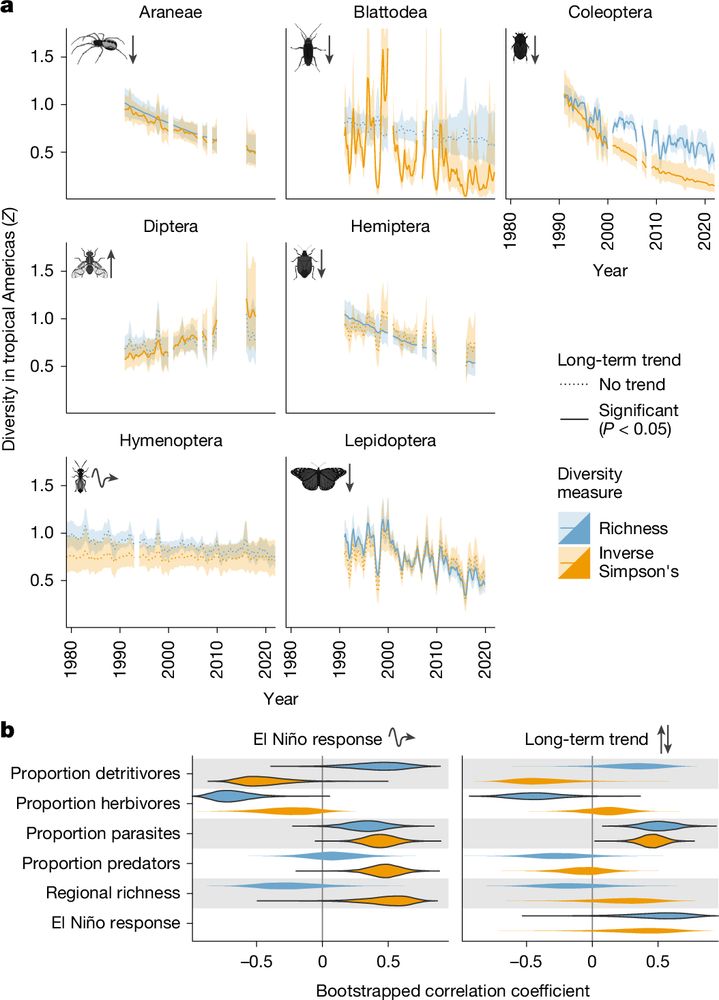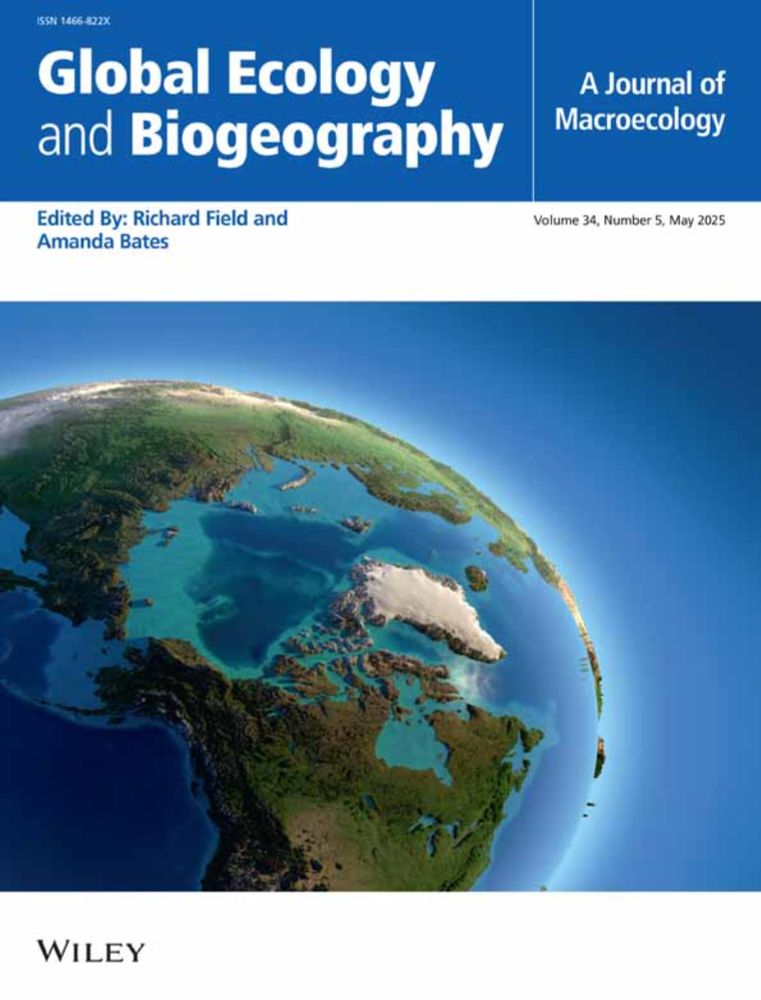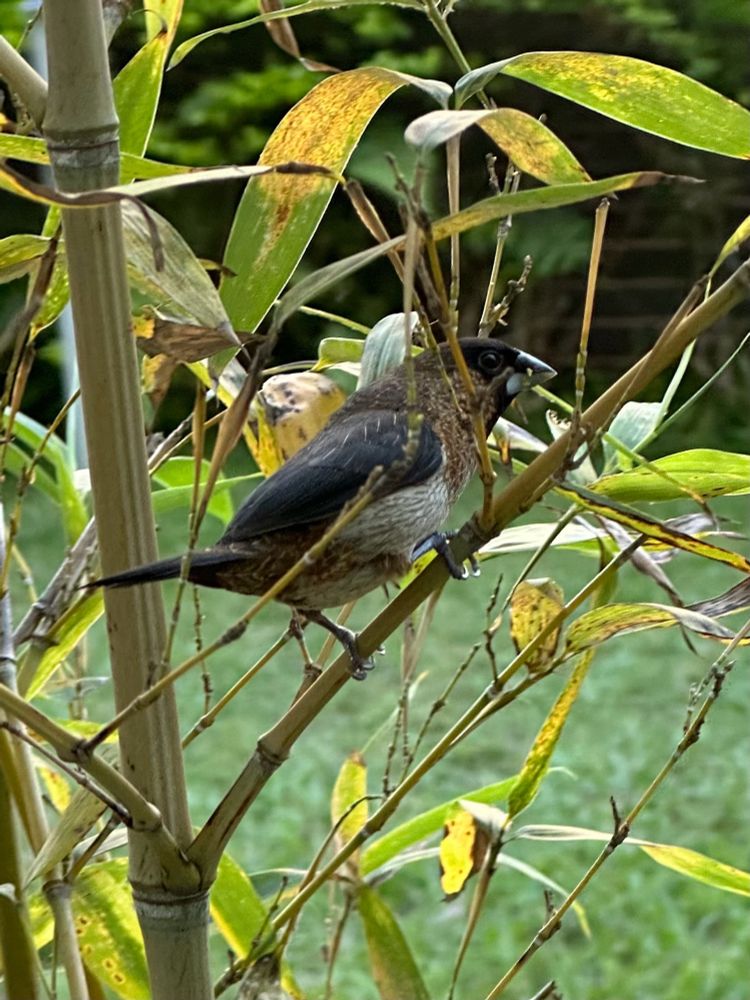

link.springer.com/article/10.1...

link.springer.com/article/10.1...

The Hong Kong Bird Watching Society holds its first-ever bird call contest with people taking to the stage to mimic the calls of birds including the koel, brown fish owl, and Asian barred owlet
The Hong Kong Bird Watching Society holds its first-ever bird call contest with people taking to the stage to mimic the calls of birds including the koel, brown fish owl, and Asian barred owlet
This is already leading to substantial losses in arthropod function in primary forests across the tropics.
rdcu.be/ezAxP

This is already leading to substantial losses in arthropod function in primary forests across the tropics.
rdcu.be/ezAxP


& over 400 co-authors sharing their data🤩🤩
onlinelibrary.wiley.com/doi/10.1111/...

& over 400 co-authors sharing their data🤩🤩
onlinelibrary.wiley.com/doi/10.1111/...

















